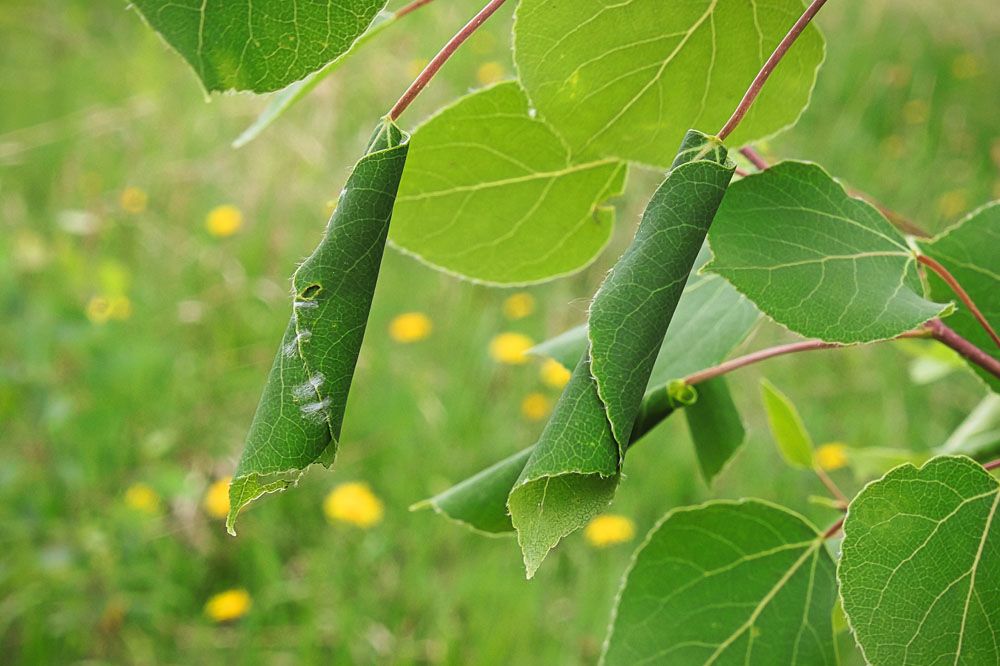
Leaves Distorted or Curled
Leaves distorted or curled.
Plants cannot communicate, yet they don’t need to since their leaves alert you when anything is wrong. The foliage of a healthy plant or tree is generally lush and green. If the plant’s leaves begin to curl, it may indicate a problem. However, with appropriate care, damaged plants can recover and produce healthy leaves again.
What is leaf distortion or curled?
When the Plant leaves become twisted and warped at times and new growth curl and become deformed, these leaves are frequently damaged. This condition is called leaf distortion or curled.
Diagnosis:
Several causes can induce leaf distortion, including:
Damages from Pesticides:
Certain phenoxy-type herbicides, such as the widely used 2,4-D, are known to induce leaf deformation. This is not so awful when it happens to a dandelion in the yard, but it becomes an issue when non-target plants are impacted. Avoid misapplying herbicides in the landscape by spraying neigh boring plants or letting them drift on a windy day.
Insect Damage:
Sucking or rasping insects such as thrips, aphids, scales, mealybugs, leafhoppers, spider mites, and whiteflies can induce leaf deformation. They extract sap or injure leaf tissue during their eating, causing the leaves to curl or become deformed.
Frost Injury:
When this happens along the margins of the leaf, it might become twisted and deformed.
Drought:
A scarcity of moisture causes the leaf to curl.
Disease:
Fungal infections like peach leaf curl can discolor and distort the leaves of some plants. Infection with a virus can also cause leaves to twist and bend in unexpected directions.
Treatment:
Choose the drought-tolerant whenever possible.
- Leaf curl can be managed with sulfur or copper-based fungicides designated for peaches and nectarines. Spray the entire tree when 90 percent of the leaves have fallen, and then again in springtime, just before the buds develop. Trees should be sprayed up to the point of runoff or until they begin to drip for the greatest effects.
- Bonide® Garden Dust, which contains copper and pyrethrins, is a safe, one-step solution for many insect and fungus issues. To achieve the best results, apply a thin, uniform layer of dust to both the tops and undersides of the leaves. As required, repeat applications every 7-10 days.
- Keep the ground beneath the trees clean and cleaned up, especially during the winter months.
- As diseased plant portions emerge, prune and eliminate them.
- If disease issues are severe, maintain tree health and vitality by pruning more fruit than usual, watering regularly (avoiding soaking the leaves if possible), and using a nitrogen-rich organic fertilizer.
